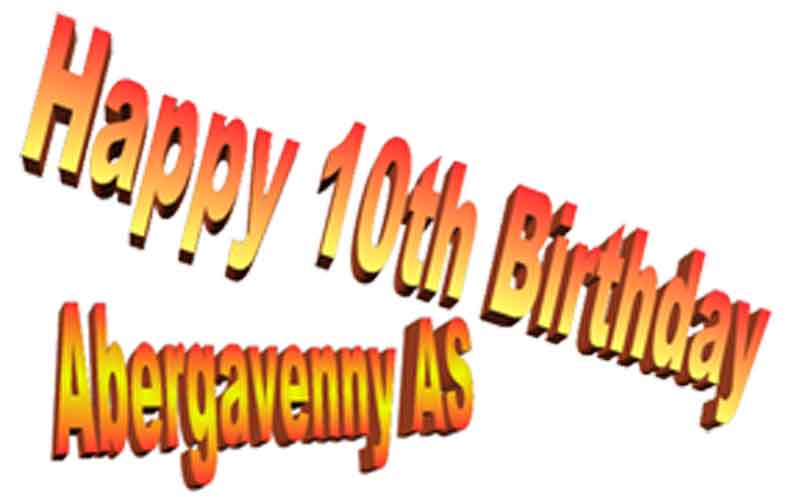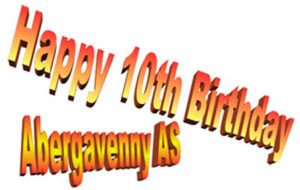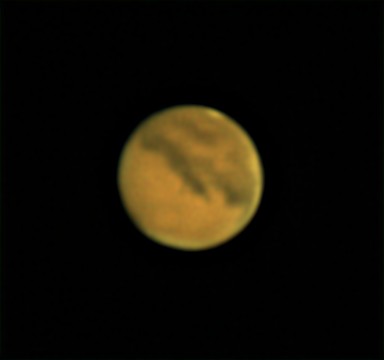The next Society meeting will be on Thursday 26th November. Bob Wright from Usk Society will present part one of “Worlds among the stars” a talk on exoplanets.
Around 4200 exoplanets have been discovered to date, they have been found in all shapes and sizes and have caused astronomers to completely rethink many of the theories of solar system formation. As the technology develops smaller and planets are being discovered and with the new huge telescopes coming on line in the coming years the prospect of directly imaging some of them will probably become a reality. Clearly an area of astronomy to watch.
The meeting will start at 7pm, Zoom call details below:
Topic: Astronomical Society Meeting, Worlds among the stars
Time: Nov 26, 2020 07:00 PM London
Join Zoom Meeting
https://us02web.zoom.us/j/86715002563?pwd=RjJ5YzdmejNkZkhLVzQ2MzBrQ1NEZz09
Meeting ID: 867 1500 2563
Passcode: 463786






